Search
Remove Ads
Advertisement
Summary 
Loading AI-generated summary based on World History Encyclopedia articles ...
Search Results
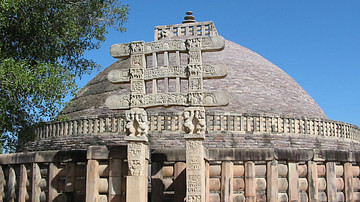
Article
Ten Great Stupas from Around the World
A stupa is a reliquary containing the remains (relics) of an individual associated with great spiritual power and insight, most often (since the 3rd century BCE) with the Buddha (l. c. 563 - c. 483 BCE). The form, a hemisphere topped by a...

Definition
Stupa
A stupa (literally “heap” or “pile”) is a reliquary, a shrine containing the remains of a holy or sainted person and/or artifacts (relics) associated with them, originating in India prior to the 5th century BCE as tombs of holy men and evolving...
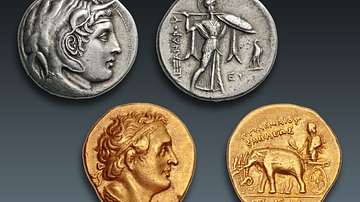
Image
Elephant Symbolism on the Coins of Ptolemy I
Two coins issued by Ptolemy I: 1) A portrait of the deified Alexander the Great wearing an elephant scalp on his head, with a ram’s horn over his temple, and an aegis (sacred fleece) over his shoulder; on the reverse Athena Alcidemus, the...
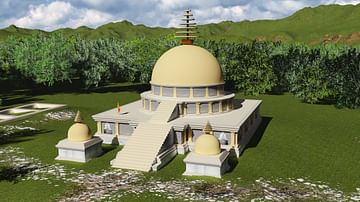
Definition
Taxila
When it comes to ancient history, Pakistan contains its fair share of treasures, one of the prominent of these being the ancient metropolis of Taxila. It is a city of the Gandharan civilization, sometimes known as one of its capitals, whose...
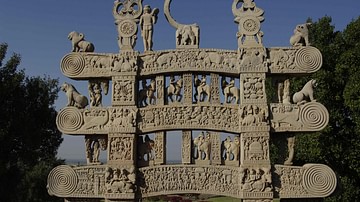
Image
Sanchi Stupa Gate
The oldest stupa in India, and possibly in the world, construction of the Great Stupa at Sanchi was decreed and overseen by Ashoka the Great (268-232 BCE). It stands 54 feet (17 meters) high and 120 feet (37 meters) wide with a spire (yashti...
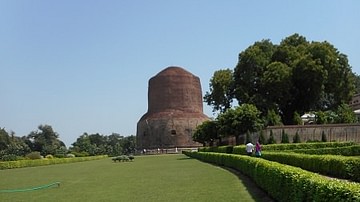
Image
Dhameka Stupa, Sarnath
The Dhameka Stupa, as seen from the Dharmarajika Stupa. The Dhameka Stupa was built during the Mauryan period (3rd century BCE) and enlarged in the 11th century CE. It is said to mark the spot where the Buddha gave his first sermon to a group...
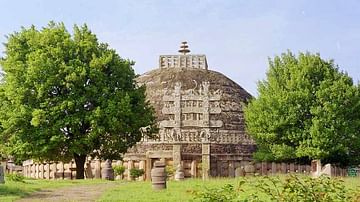
Image
The 'Great Stupa' at Sanchi
The 'Great Stupa' located at Sanchi, a village in the Raisen District of the state of Madhya Pradesh, India. This stupa was originally commissioned by the emperor Ashoka the Great in the 3rd century BCE. According to some Buddhist accounts...
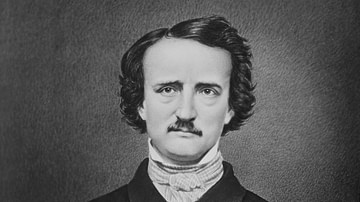
Definition
Edgar Allan Poe
Edgar Allan Poe (1809-1849) was an American author and poet, often credited as the father of the short story, a pioneer of science fiction, the inventor of the detective story, and the master of the horror genre. He is best known for his...
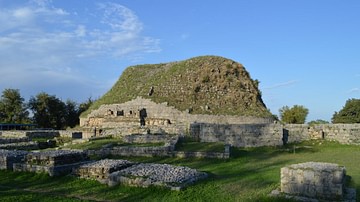
Image
Dharmarajika Stupa (Taxila)
Dharmarajika stupa is land mark of Gandhara Art/Civilization. This stupa is locally called “Cheer Top” in Taxila (Punjab-Pakistan). This stupa is attributed to Asoka the Great and was erected in the 3rd Century BCE. It is the largest stupa...

Image
Boudhanath Stupa
A major Buddhist stupa located in Boudhanath, roughly 11 km from Kathmandu, Nepal. This stupa is one of the largest Stupas in the world, built on an ancient trade route linking Tibet with the Kathmandu Valley.